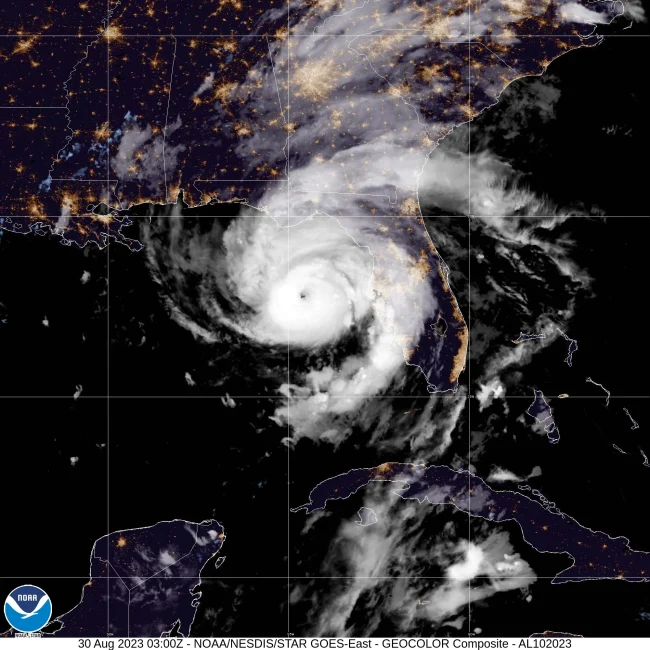Biden-Harris Administration, NOAA fund over $22M to advance research of water-related climate impacts
The Bipartisan Infrastructure Law (BIL) provided NOAA $492 million over five years to improve coastal and inland flood and inundation mapping and forecasting capabilities, advance next-generation water modeling activities, and to modernize precipitation frequency atlases for the U.S., including probable maximum precipitation. Funding was also provided to build out subseasonal to annual Integrated Water Capabilities…










